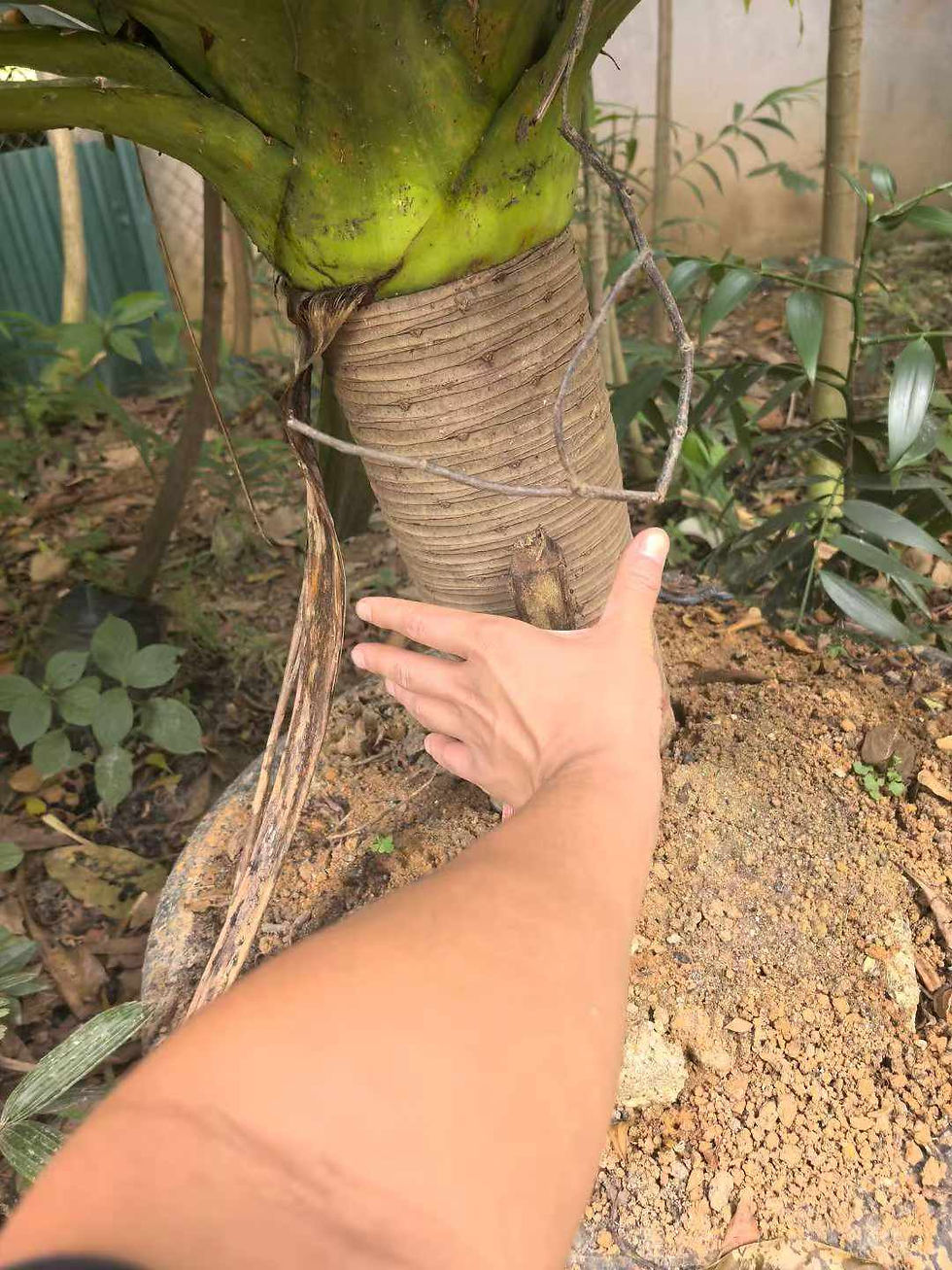Salvia plebeia/Austral Sage/Li zhi cao seeds
Introduction: Salvia plebeia, commonly known as Austral Sage or Li zhi cao in Chinese, is a versatile herbaceous plant native to East Asia. Its seeds are valuable for their various applications in agriculture, culinary arts, and traditional medicine.
Sowing and Cultivation: Salvia plebeia seeds thrive in well-drained soil with plenty of sunlight. Sow the seeds directly into the soil after the last frost, spacing them about 12 inches apart. Keep the soil consistently moist until germination, which usually occurs within 7 to 14 days. Once established, Salvia plebeia requires minimal care, making it an excellent addition to any garden or farm.
Culinary Uses: Salvia plebeia leaves are commonly used in Asian cuisine for their aromatic flavor and health benefits. The tender leaves can be harvested and added fresh to salads, soups, stir-fries, and teas. Additionally, the seeds of Salvia plebeia can be ground into a nutritious flour, adding a nutty flavor to baked goods such as bread, muffins, and pancakes.
Medicinal Applications: Salvia plebeia has a long history of medicinal use in traditional Chinese medicine. The herb is believed to possess anti-inflammatory, antimicrobial, and antioxidant properties. It is often used to alleviate symptoms associated with respiratory conditions, digestive disorders, and skin ailments. The seeds of Salvia plebeia can be prepared as a decoction or infusion for internal consumption, or applied topically in the form of poultices or ointments.
Product Variants:
- Salvia plebeia Seeds (Raw)
- Salvia plebeia Seed Flour
- Salvia plebeia Leaf Extract
Safety Precautions: While Salvia plebeia is generally considered safe for culinary and medicinal use, individuals with allergies to plants in the Lamiaceae family should exercise caution. Pregnant or nursing women and those with pre-existing medical conditions should consult with a healthcare professional before consuming Salvia plebeia products.
Conclusion: Salvia plebeia seeds offer a multifaceted approach to enhancing both culinary creations and traditional medicine practices. With its ease of cultivation and wide range of applications, Salvia plebeia is a valuable asset to any kitchen, garden, or holistic healthcare regimen.
Details
Herbs annual or biennial. Stems erect, 15-90 cm, robust, much branched, retrorse gray pilose. Petiole 4-15 mm; leaf blade elliptic-ovate to elliptic-lanceolate, 2-6 × 0.8-2.5 cm, adaxially sparsely minutely hispid, abaxially finely pilose, sparsely yellow-brown glandular, base rounded to cuneate, margin crenate, dentate, or serrate, apex obtuse to acute. Inflorescences densely pilose; verticillasters 6-flowered, numerous, in racemes or panicles 10-25 cm; bracts lanceolate. Pedicel ca. 1 mm. Calyx campanulate, ca. 2.7 mm, pilose, sparsely yellow-brown glandular, 2-lipped to 1/3 its length; upper lip 3-denticulate; lower lip deeply 2-toothed, teeth triangular. Corolla reddish, purplish, purple, blue-purple, to blue, rarely white, ca. 4.5 mm; tube glabrous, hairy annulate inside; upper lip oblong, ca. 1.8 × 1 mm, densely puberulent; lower lip ca. 1.7 × 1 mm, middle lobe broadly obovate. Stamens slightly exserted; filaments ca. 1.5 mm; connectives ca. 1.5 mm, arcuate, arms subequal. Nutlets obovoid, ca. 0.4 mm in diam. Fl. Apr-May, fr. Jun-Jul.

































